Het Vervolg - Contemporary Continued
 Het Vervolg Evolutie in het Hedendaags Realisme Met deze tentoonstelling vraag ik uw aandacht voor de veranderingsprocessen die in de loop van het al bijna 44-jarige bestaan van de galerie hebben plaatsgevonden. Van de jaren tachtig tot na 2000 veranderde er weinig aan de collectie. Wel dunde de groep vertegenwoordigde kunstenaars langzaam uit, In de negentiger jaren overleden Herman van Rossum en René Miković, in 2003 Hendrick Brandtsoen, vanaf 2005 nam het aantal kunstenaars weer langzaam toe. Op dit moment telt de galerie vijftien schilders, van wie er zeven in deze tentoonstelling figureren. Ik heb me er altijd op voorgestaan dat selectie van kunstenaars mij wordt ingegeven door mijn persoonlijke voorkeur, binnen het brede veld van wat hedendaags realisme wordt genoemd. Die persoonlijke voorkeur is een gevoelsmatige aangelegenheid, die bewust, ik durf bijna te zeggen provocatief, niet theoretisch is onderbouwd. Maar niettemin zijn er in de loop der jaren een aantal criteria uitgekristalliseerd die toch in woorden zijn uit te drukken. Het curieuze is dat die op het eerste gezicht weinig te maken hebben met de in de aktuele kunst vigerende thesen van maatschappelijke relevantie en vernieuwing. Erger nog, door de sektarische dwangmatigheid en de arrogantie van zelf aangemeten superioriteit van vooral de periferie van het aktuele circuit -ik hoor zelden kunstenaars uit dat circuit zich bepleisteren met deze stigmata- voel ik weerzin mij te conformeren aan deze criteria, hoewel het maatschappelijk wel en wee in zijn algemeenheid mij zeer aan het hart gaat, en ik niets liever zou willen dan bewijzen dat mijn hardwerkende en bevlogen kunstenaars daar op hun manier, bewust of onbewust, in positieve zin aan bijdragen. U kunt zich maar beter voorbereiden op een vaag antwoord. Voor het gemak maak ik onderscheid tussen technische en inhoudelijke criteria. Mijn fixatie op de techniek van het nauwkeurige schilderen is onmiskenbaar, waarbij ik aanteken dat ik in de loop der jaren wat minder strikt ben geworden in puur technische zin. Vele jaren geleden ontdekte ik met een gevoel van opluchting dat de impressionistische precisie -inderdaad, een zekere contradictie- van Ben Snijders mij net zo goed kon bekoren. Hoezeer ik verder de allergrootste precisie ook waardeer, het is niet het doorslaggevende criterium. Wat wel doorslaggevend is laat zich eerder beschrijven in termen van sensitiviteit en van door levenservaring opgebouwd gevoel voor betrekkelijkheid, en, om dan eindelijk toch weer uit te komen bij een schilderkunstig aspect, het vermogen van een schilder om ongeacht zijn of haar onderwerpen en thema’s het licht en het donker zodanig te manipuleren, dat u en ik dat als adembenemend ervaren. Ergens in dat proces krijgt het genie vleugels en wrocht met de genoemde elementen en nog meer het verpletterende onzegbare visuele slotaccoord. Iedere keer weer. In de praktijk komt het er op neer dat alleen schilders met veel talent, doorzettingsvermogen, schilders- èn levenservaring en dat merkwaardige criterium van sensitiviteit, uiteindelijk bij mij terecht kunnen. Denkt u nu niet dat ik dat bij iemand zo maar op het eerste gezicht zie. Ik zie wel in één oogopslag of een schilderij goed is, maar ik ken niet de omstandigheden waaronder het tot stand is gekomen, en al helemaal niet hoe dat in de toekomst zal uitpakken. Het blijft dus spannend of alle inspanningen zullen leiden tot woordloos betoveren en vooral adembenemende schoonheid. U zult nu ook begrijpen waarom de gemiddelde leeftijd van deze groep kunstenaars maar tien tot vijftien jaar lager ligt dan die van de veteranen. Ik grijp de gelegenheid aan om in deze geest de snelheid van het veranderingsproces, dat ook in het realisme plaatsvindt, ter sprake te brengen en u uit te dagen om te toetsen of het werk van de jonge garde, zoals ik in een vermetele bui de schilders van deze tentoonstelling typeerde, daar tekenen van toont. Blijft de vraag, komt dat dan door de veranderende tijdgeest, of door een verandering in mijn subjectiviteit? Top Contemporary Continued - Realism and Evolution 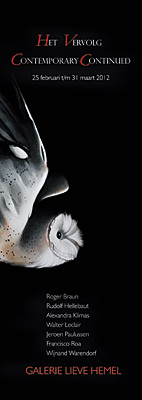
I have organised this exhibition with the aim of drawing your attention to the processes of change that have occurred over the almost 44 years Lieve Hemel Gallery has been in existence. The collection underwent little change from the 1980s until after 2000, albeit that the group of represented artists dwindled somewhat owing to the deaths of Herman van Rossum and René Miković in the 1990s and that of Hendrick Brandtsoen in 2003. The years from 2005 have witnessed a steady upturn in the number of artists, to the point where the gallery is now representing 15 painters of whom seven feature in the present exhibition. I have always taken pride in selecting my artists from the wider ranging area of contemporary realism on the basis of personal preference. This personal preference of mine is all about feeling, and deliberately – or provocatively, if you will – lacks theoretical underpinning. Nevertheless certain criteria have taken shape over the years that allow my putting them into words. What is really funny is that these criteria at first glance have little to do with the theses of social relevance and innovation that are all the rage in today’s artistic circles. Worse still, the sectarian compulsiveness and arrogance of the superiority which the periphery of the contemporary art scene in particular likes to claim for itself – seldom have I witnessed artists from the same circles claim these stigmata when referring to themselves – make me resist conforming to these criteria even though I care deeply about what is happening in general in society and would like nothing better than to prove that my hard-working, inspired artists in their own particular way – be it knowingly or unwittingly – are making a positive contribution of their very own. I suppose you had better prepare for a vague answer. I would distinguish – for the sake of convenience – between technical and substantive criteria. My fixation on the technique of accurate painting is unmistakable, to which I would add as an aside that over the years I have loosened the purely technical reins to a certain extent. Many years ago I discovered with a sense of relief that I was equally captivated by Ben Snijders’s impressionistic precision (which I admit is a contradiction of sorts). As much as I value the height of precision, as a criterion I do not regard it as the be-all and end-all. What is absolutely crucial, by contrast, is something that is more easily described in terms of perceptiveness and a sense of relativity brought about by experience of life, and – back we go to the art of painting – the artist’s ability irrespective of his or her subjects and themes to manipulate the light and the dark in such a manner as to treat you and me to an out-of-this-world experience. It is somewhere along this process that the true genius grows wings and, using the aforementioned elements and much more, crafts the stunning and indescribable final visual chord … and does so over and over again. What it boils down to in practice is that only artists who combine plenty of talent with perseverance, experience both of painting and of life and this funny criterion of perceptiveness will eventually be welcomed into my particular fold. Which is not to say that I can instantly spot all of this when I am first introduced to someone’s work. Although I have the ability of recognising a good painting the second I lay eyes on it, in addition to being quite unfamiliar with the circumstances in which the work was created I certainly haven’t a clue at such an early juncture as to how things will pan out in future. Which makes it exciting to see whether all efforts will in the end, as hoped for, culminate in speechless enchantment and, more especially, breathtaking beauty. Having taken all this on board, you will appreciate why the average age of this group of artists is only ten to 15 years below that of the “veterans”. Allow me to take the opportunity in this spirit to draw your attention to the speed of the process of change through which realism too is currently going, and challenge you to assess whether the work of the “junior crowd” (as I have been known when feeling especially daring to characterise the painters whose work this exhibition features) shows any signs of said change. Which in turn could prompt the question as to whether it is the changing spirit of the age or a change in my subjectiveness that should be blamed … |
 
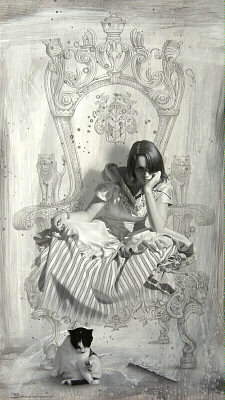 Roger Braun 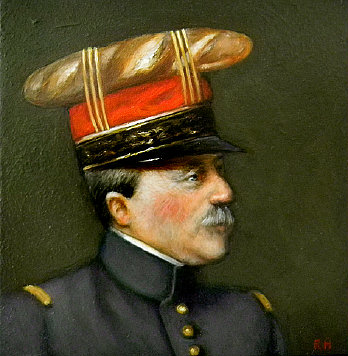 Rudolf Hellebaut 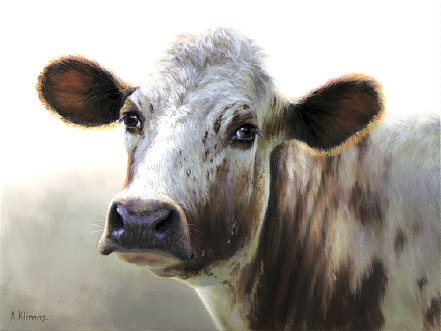 Alexandra Klimas  Walter Leclair 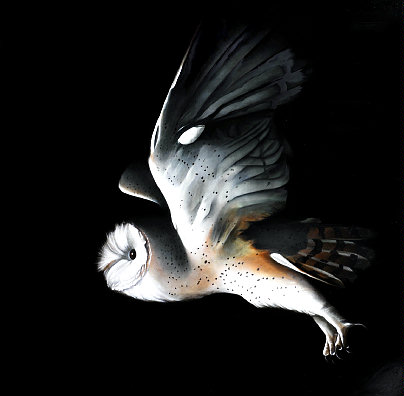 Jeroen Paulussen 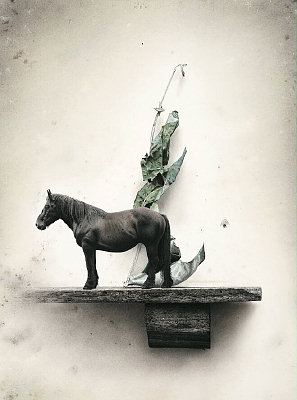 Francisco Roa 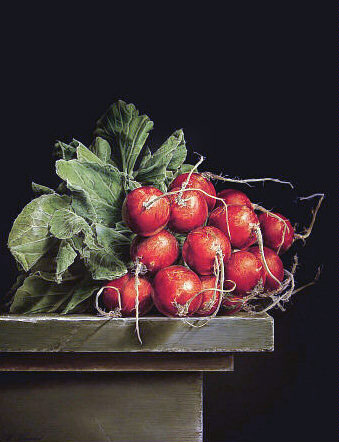 Wijnand Warendorf |
Top